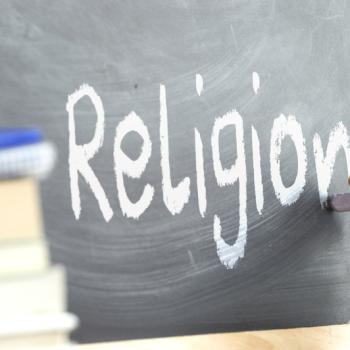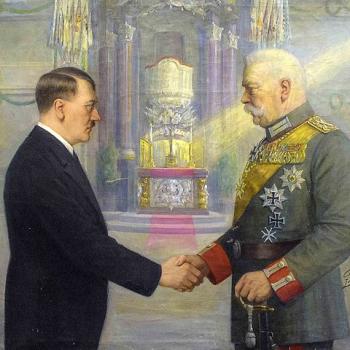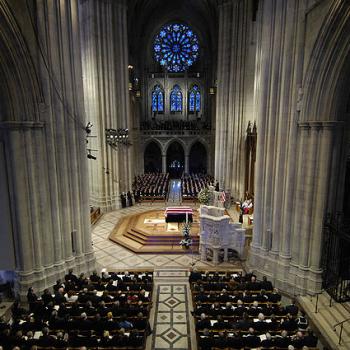The gorgeous images of distant space taken by NASA’s James Webb Space Telescope put astronomy in the news. It’s well known that some religious institutions have had, shall we say, issues with astronomy. But did you know the Big Bang theory of physics about how the universe began was first proposed by a Catholic priest?

Georges Lemaître (1894-1966), a native of Belgium, lived a life on two tracks, science and the Church. He received a Ph.D. in mathematics in 1920 and was ordained a priest in 1923. After his ordination he turned toward astronomy and physics, studying at Cambridge and Harvard. In time he received a Ph.D. in physics from the Massachusetts Institute of Technology.
Birth of the Big Bang
In the 1920s both Lemaître and another physicist, Edmund Hubble, separately were working on calculations that described an expanding universe. This flew in the face of existing models that proposed the universe is static. But by 1930 new observations, plus Lemaître’s and Hubble’s work, persuaded as least some physicists that the universe is indeed expanding. But expanding from what?
In 1931, Lemaître proposed that the universe began as a single particle, infinitely dense, which inflated and stretched and pulled apart. He called this the “primeval atom.” It’s estimated this pulling apart of the primeval atom happened about 13.7 billion years ago.
Skepticism and Acceptance
The idea that the universe came from a single particle, or singularity, and that the expansion of that particle was the beginning of time, was greeted with skepticism by many of Lemaître’s scientific peers. It was well known that Lemaître was a Catholic priest. He even attended scientific conferences wearing his “clerics.” Some scientists dismissed Lemaître’s primeval atom as part of a religious agenda. The term “big bang” was coined by one of Lemaître’s detractors, the physicist Fred Hoyle, in 1950.
But Lemaître’s proposal impressed the most prominent physicist of the time, Albert Einstein. In 1933, Einstein and Lemaître did a lecture tour together. It’s said the two physicists developed a great respect and admiration for each other. And, eventually, Lemaître’s Big Bang came to be the prevailing theory in physics regarding the beginning of the universe.
How did the Catholic Church react to Lemaître’s work? The Church was very proud of him, in fact. The Church showered him with awards and called him Monsignor. It wasn’t the 16th century any more.
Lemaître and the Church
Lemaître was not a scientist who was also, incidentally, a priest. He was fully a priest. He maintained a commitment to daily prayer and at times took on chaplaincy duties. He was a foundational member of the Pontifical Academy of the Sciences, established by Pope Pius XI in 1936. For a time he served as the Academy’s president, beginning in 1960.
Lemaître’s biographers admit he was something of an enigma, but he was clearly as devoted to God as he was to physics. He maintained often that there is no contradiction between Catholicism and science. But he also kept these two disciplines within their own delineated boundaries. When Pope Pius XII proposed that astronomical discoveries might reveal proof of the existence of God, Lemaître disagreed.
Msgr. Lemaître spent the latter part of his life teaching physics at the Université catholique de Louvain in Belgium. The discovery of the Cosmic Microwave Background in 1965 supported the Big Bang theory and answered its remaining skeptics. Lemaître died of heart disease in 1966.












